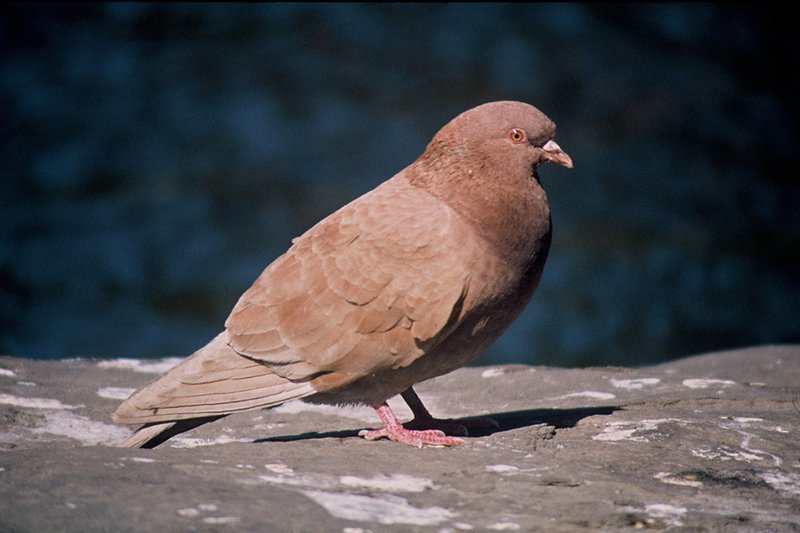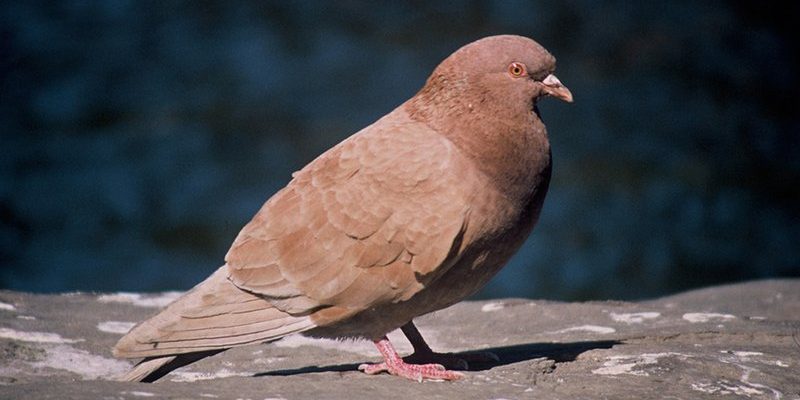
So why do we need to care about protecting these seemingly ordinary birds? Well, rock pigeons do more than just add some charm to our cities. They’re important for promoting biodiversity and can even act as indicators of environmental health. With their populations under threat from habitat loss, climate change, and other human activities, conservation efforts have become essential. Let me explain what these efforts look like and why they matter.
Understanding the Rock Pigeon
Rock pigeons, also known as *Columba livia*, are fascinating creatures with a rich history. Originally from Europe, North Africa, and South Asia, they have adapted remarkably well to urban environments. These birds have a sleek body, short neck, and often sport iridescent feathers around their necks that can shimmer in the light. It’s easy to mistake them for just another bird, but they have unique traits that make them special.
Here’s a fun fact: rock pigeons have been domesticated for thousands of years. They were once used for carrying messages. That’s right! Imagine a time when pigeons delivered news instead of emails. Today, they’re commonly found in cities worldwide, often roosting on buildings and scavenging for food in parks. However, their ability to thrive in urban settings doesn’t mean they’re free from threats.
Threats to Rock Pigeon Populations
You might be wondering, “What could possibly threaten such resilient birds?” Despite being common, rock pigeons face various challenges. One major issue is habitat loss. As cities expand and natural areas are developed, these birds often lose safe places to nest and find food. High-rise buildings replace the cliffs and ledges they naturally prefer.
Another threat is pollution, especially in urban areas. Pigeons are sensitive to chemicals and other contaminants, which can impact their health. Moreover, as climate change alters weather patterns, it affects their food sources and nesting behaviors. Let’s not forget about human interference—things like overcrowding in urban spaces can lead to conflicts with people, pushing pigeons away from their traditional habitats.
Current Conservation Efforts
So, what’s being done to help protect rock pigeons? Conservation efforts are ramping up in many urban areas. Organizations are focusing on habitat restoration, which involves creating safe nesting sites and ensuring that pigeons have access to food sources. This might include planting more trees or creating green spaces that mimic natural environments.
Another important effort is raising awareness about the importance of rock pigeons in our ecosystems. Educational programs in schools and communities help people understand how these birds contribute to biodiversity. When people appreciate their role, they’re more likely to support conservation initiatives.
Community Involvement in Conservation
Conservation isn’t just for experts or organizations; it calls for community involvement as well. Many local groups organize events such as birdwatching tours and clean-up days in parks, which can bolster pigeon populations by improving their habitats. Engaging with residents can foster a sense of stewardship toward these often-unnoticed birds.
One simple way to help? Create pigeon-friendly spaces in backyards or community gardens. Providing feeders with birdseed or installing nesting boxes can make a big difference. Just think of it as providing a welcoming home for your feathery friends while enjoying their beauty and antics!
Research and Monitoring
Monitoring rock pigeon populations is crucial in understanding their health and survival rates. Researchers are using techniques like banding, where they place a small band on a bird’s leg. This helps track their movement patterns and breeding success. With solid data, conservationists can make informed decisions about how to best protect these birds.
Additionally, studies are increasingly focusing on how urban environments influence pigeon health. By monitoring the effects of pollution, food availability, and stress from human activities, researchers can devise targeted strategies to improve the conditions for rock pigeons. It’s like being a bird detective, piecing together clues to ensure their survival.
The Role of Technology in Conservation
You might find it interesting that technology is playing a role in conserving rock pigeons. Drones, for example, are being used to monitor populations in hard-to-reach areas. These flying gadgets can capture images and data without disturbing the birds, allowing for better assessment of their habitats and conditions.
Smartphone apps for birdwatchers are also gaining traction. They allow people to report sightings, which contributes to citizen science. By sharing observations about rock pigeon behavior and locations, individuals can assist researchers in gathering data that helps shape conservation efforts.
Why Protecting Rock Pigeons Matters
At the end of the day, protecting rock pigeons is about more than just saving a species; it’s about maintaining balance in our ecosystems. Rock pigeons help with seed dispersal and serve as prey for various predators, playing essential roles in food webs. Their presence signifies a healthy environment, so when we take steps to protect them, we’re also preserving many other species and our overall ecological health.
Plus, let’s not overlook the joy they bring to our lives. Watching pigeons strut around city parks can be a heartwarming experience. Let’s make sure future generations can also enjoy the simple pleasure of seeing these birds thrive.
In conclusion, rock pigeons might seem ordinary, but they’re anything but that. Through concerted conservation efforts and community involvement, we can help protect these incredible birds and ensure they continue to grace our skies. So next time you see a pigeon, take a moment to appreciate its beauty and remember the efforts being made to secure its future.

